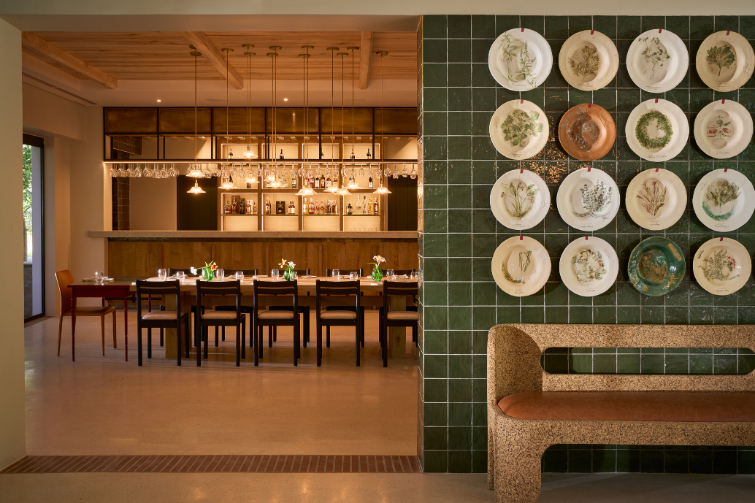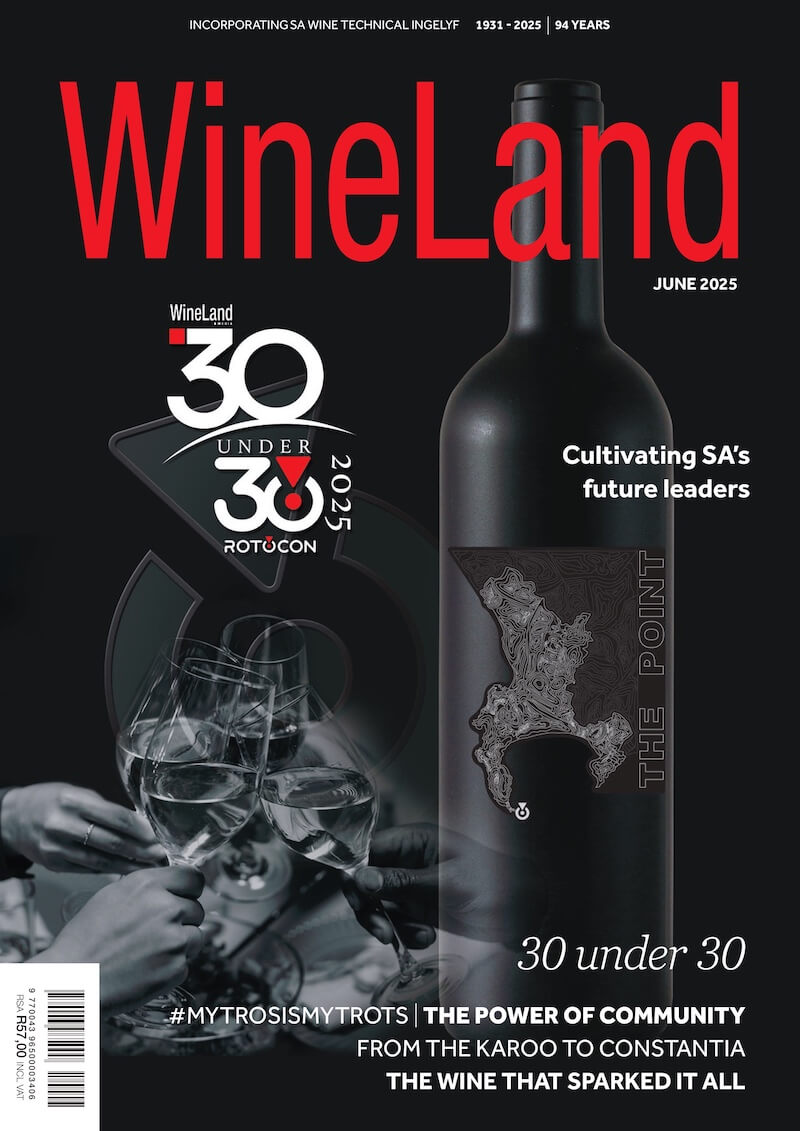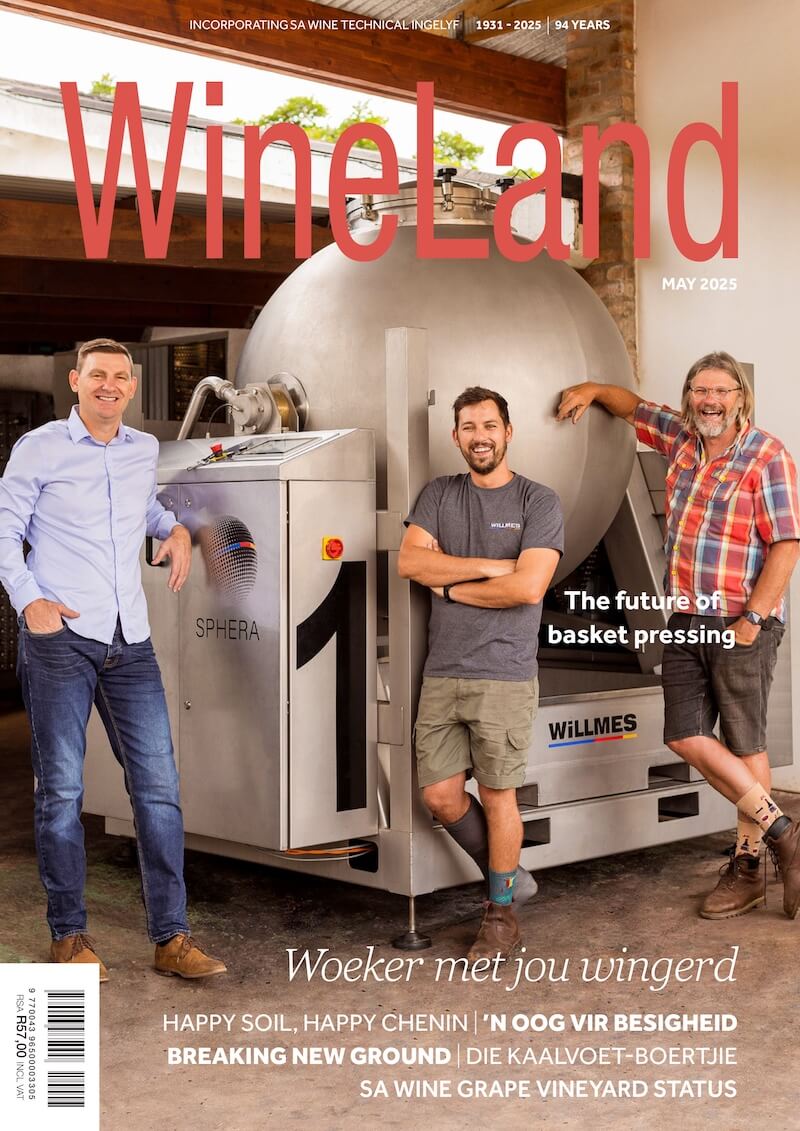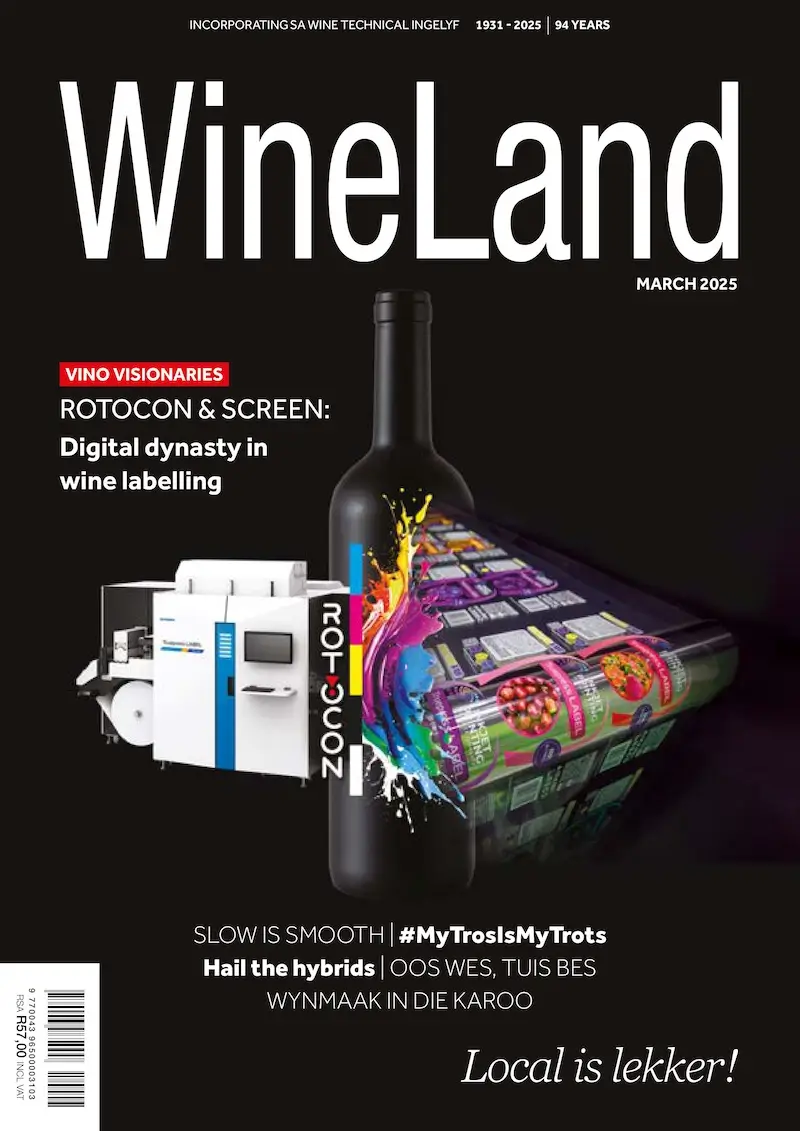South Africa’s wine tourism industry has markedly evolved in the last two decades. No longer centred solely on wine tastings and cellar tours, it now has a diverse array of experiences designed to meet the expectations of a broader and more discerning visitor profile.
The shift is driven by changing global travel behaviours, a hunger for personalised experiences, and a growing demand for value beyond the bottle.
At its core, wine tourism used to be straightforward. Visitors arrived for a tasting, bought a few bottles, and left. The product was the wine. Today, the expectation is for a holistic and memorable outing that may include fine dining, family-friendly activities, accommodation, art, nature, and education, all set against the backdrop of vineyards.
“Consumers are no longer just wine drinkers. They’re experience seekers,” says Karl Lambour, General Manager at Tokara and a qualified winemaker. “They want to engage all their senses. To taste, yes, but also to explore, learn, and connect with a place.”
This transformation hasn’t happened in a vacuum. South African wineries are increasingly benchmarking themselves against global tourism standards, influenced by the preferences of a post-pandemic traveller. The modern wine tourist often prioritises authenticity, sustainability, and inclusivity, concepts that extend well beyond the tasting room.
“Nowadays, a wine destination must represent the stories behind the wine, the soil, the people, the history, and offer a journey that resonates with each visitor, whether they’re a seasoned sommelier or a curious first-timer.”

Tokara Deli
Recent research by South Africa Wine confirms this trend. Tourists have been segmented into three core types: the wine lover, the curious tourist, and the incidental visitor. Only 20% fall into the first group: those who travel specifically for wine. The remainder are driven by a broader interest in leisure, culture, and destination exploration.
This has prompted many wineries to diversify their offerings. Food and wine pairings have become increasingly sophisticated, often involving local, seasonal ingredients and curated menus. Family-friendly spaces, nature trails, art galleries, picnic spots, and even virtual reality tours are becoming common features at top estates.
Technology, too, is playing a supporting role. From AI-supported vineyard management to app-based tasting notes and bookings, wineries are integrating digital tools to streamline operations and enhance the visitor experience.
In 2022, the sector contributed R3 billion to South Africa’s GDP, with an indirect spend of R9.3 billion. These figures surpassed pre-pandemic levels earlier than expected, suggesting a strong recovery trajectory. The wine tourism industry also provides a crucial employment pipeline, especially in rural areas.
“South Africa’s wine industry is uniquely positioned,” Lambour adds. “We have stunning terroir, world-class wines, and the benefit of skilled labour. That gives us an edge in expanding and adapting quickly to what visitors want.”
Yet with this potential comes responsibility. The sector’s future growth will depend on how well it addresses inclusivity, sustainability, and community upliftment. Wine tourism must become a catalyst for broader socio-economic development and not only a marketing tool.
In short, wine tourism in South Africa is no longer a passive activity. It’s a dynamic, multi-sensory offering that blurs the lines between hospitality, agriculture, culture, and commerce. Visitors want to understand the tasting, its meaning, memory, and connection.
And wineries that understand this shift are the ones that will continue to pour success in more ways than one.













